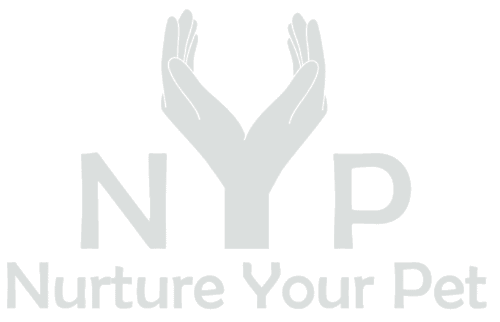Understanding Dog Shedding
Before diving into ways to reduce shedding, it’s important to understand why dogs shed. Shedding is a normal process that allows dogs to get rid of old or damaged hair and promotes the growth of new fur. However, certain factors can contribute to excessive shedding:
Breed Factors
Some dog breeds are more prone to shedding than others due to their coat type. Breeds like German Shepherds, Labrador Retrievers, and Siberian Huskies have double coats with an undercoat that sheds seasonally.
Health Issues
Health problems such as allergies, hormonal imbalances, poor nutrition, or skin infections can lead to increased shedding in dogs. If you notice excessive shedding along with other symptoms like itching or bald patches, consult your veterinarian.

Environmental Factors
Changes in weather or temperature can trigger increased shedding in some breeds. Dogs may also shed more during seasonal transitions or when exposed to stressors like moving houses or a change in routine.
Regular Grooming Routine
One effective way to reduce shedding is by establishing a regular grooming routine for your furry friend:
Brushing
Regular brushing helps remove loose hair before it ends up on your furniture and floors. Use a brush appropriate for your dog’s coat type – slicker brushes work well for most breeds, while de-shedding tools are great for double-coated breeds.
Bathing
Regular baths using a gentle dog shampoo can help keep the skin healthy and minimize shedding. Be sure to choose a shampoo specifically formulated for dogs, as human shampoos can be too harsh.
Feeding a Nutritious Diet
Proper nutrition plays a vital role in maintaining healthy skin and coat, ultimately reducing shedding.
High-Quality Dog Food
Choose a high-quality dog food that supports your dog’s overall health, including their skin and coat. Formulas with omega-3 and omega-6 necessary fatty acids maintain healthy skin and minimize shedding.
Supplements
Adding fish or flaxseed oil to your dog's food may improve their coat. Consult with your veterinarian before introducing any supplements.
Keeping Your Home Clean
While you work on reducing shedding, it’s essential to keep your home clean and minimize hair buildup.

Vacuuming and Sweeping
Regularly vacuum and sweep your floors to remove loose hair. Invest in a vacuum cleaner specifically designed for pet owners, as they often have specialized features to effectively pick up pet hair.
Use Washable Covers
To protect your furniture from dog hair, consider using washable covers or throws that can easily be cleaned when necessary.
Environmental Enrichment
A well-stimulated dog is less likely to experience excessive shedding due to stress or boredom:
Regular Exercise
Make sure your dog gets enough physical exercise every day. A tired dog is less likely to experience anxiety-induced shedding.
Mental Stimulation
Provide mental stimulation through interactive toys, puzzle feeders, or training sessions. Mental engagement helps keep dogs calm and content.
Seeking Veterinary Advice
If you’ve tried various methods to reduce shedding but haven’t noticed any improvement, it’s essential to consult your veterinarian. They can determine if there are any underlying health issues contributing to excessive shedding and provide appropriate treatment.
Conclusion
While shedding is a natural process for dogs, excessive shedding can be managed by establishing a regular grooming routine, feeding a nutritious diet, keeping your home clean, providing environmental enrichment, and seeking veterinary advice if necessary. By implementing these strategies, you can reduce shedding and enjoy a cleaner and more comfortable living environment for both you and your furry friend.
Explore our blog for essential pet health articles covering preventive care, common health issues, nutrition, and overall well-being. Stay informed and empowered to make the best decisions for your pet's health.








